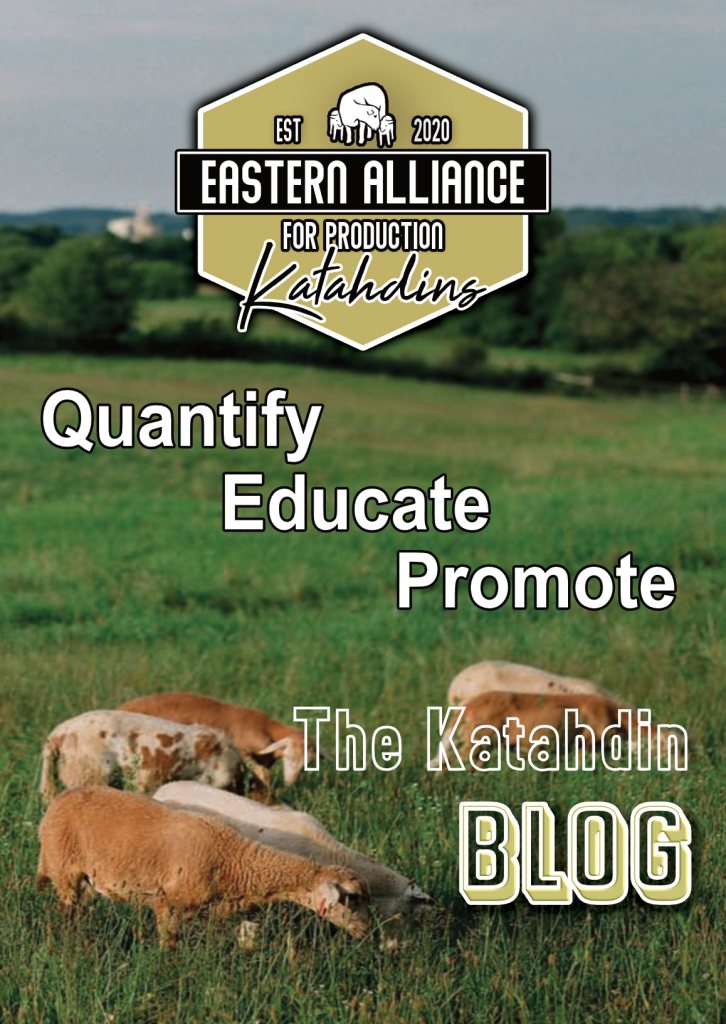NSIP – What Is in It for Me?
For most of us, raising sheep is a business. All successful businesses continually and objectively evaluate their products for performance, accuracy, and predictability. Estimated Breeding Values (EBVs) as provided by the National Sheep Improvement Program (NSIP), allow shepherds to convert performance records for economically important traits into information about an


